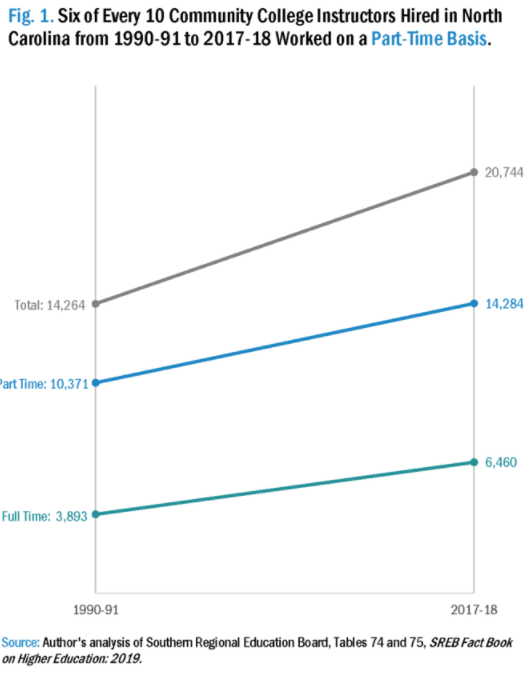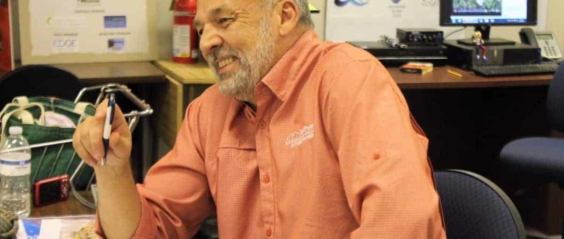Need to know: COVID-19
- As of 11 a.m. on Friday, April 17, there were 5,859 confirmed cases in 93 counties in North Carolina with 152 deaths.
- The latest U.S. Department of Labor report shows 5.2 million people filed for unemployment last week, down from 6.6 million the week before. From March 15 to April 16, North Carolina saw 551,261 COVID-19 related unemployment insurance claims and has paid 211,672 claimants.
- On April 15, Gov. Roy Cooper outlined his strategy for loosening restrictions from COVID-19, saying North Carolina’s approach needs to be viewed less as “an on/off light switch” and more as “a dimmer switch that can be adjusted incrementally.”
- Essential workers who are parents and have no other child care options can apply for financial assistance through NC DHHS.
- North Carolina is following CDC recommendations that people with mild symptoms should stay home and call their doctor to decide if they need a test. Check out this fact sheet from NC DHHS on what to do if you feel sick.
For more, EdNC.org is updating this article daily with news and resources. All daily updates are archived at the bottom of the post.
Policy challenge: What does reopening actually look like?
Talk of loosening restrictions and reopening the country has dominated the news this week, from President Trump’s proposed plan to announcements of regional coalitions of states coming together to develop reopening plans.
Let’s look at the guidelines the Trump administration released, noting that these are recommendations, and Trump said on a conference call Thursday that it will ultimately be up to governors to decide what to do. Before states can consider reopening, the guidelines advise 14 days of declining cases, symptoms, and positive tests. They outline a three-phased plan for individuals and employers that includes:
- Phase 1: Vulnerable individuals should continue sheltering in place, maintain strict social distancing, avoid socializing in groups of more than 10 people, minimize non-essential travel, continue teleworking, and where possible, return to work in phases.
- Phase 2: Vulnerable individuals should continue sheltering in place, continue social distancing, avoid gatherings of more than 50 people, non-essential travel can resume, and continue teleworking where possible.
- Phase 3: Vulnerable individuals should maintain social distancing, employers can resume unrestricted staffing of worksites, and large venues and bars can operate.
What’s missing from these guidelines? A lot, including how states can increase testing capacity, how to deal with international travel and travel between states, how to contain future outbreaks, and how to get necessary personal protective equipment if there are future surges.
On Wednesday, Cooper outlined his plan for reopening. In a press conference, he said that before the state can lift restrictions, it needs to increase testing and tracing capabilities and understand COVID-19 trends better.
Speaking of understanding trends, the Institute for Health Metrics and Evaluation model I included in last week’s Friday@Five and that many are using to think about reopening has come under fire recently. An article published in STAT News this week looks at why epidemiologists believe policymakers should not be relying on this model. It’s an interesting read that explains the differences in IHME’s model and those used by most epidemiologists.
Dropping Knowledge
In non-COVID news, EdNC released a series this week looking at faculty pay at North Carolina’s community colleges that is worth checking out. According to data from the Southern Regional Education Board, North Carolina ranks 42nd in the country for average salary of full-time faculty at public two-year colleges. John Gossett, president of McDowell Technical Community College, said:
“Any way you look at it, North Carolina is behind and falling fast in a region that trails the national average. It’s embarrassing to talk to policy makers and say ‘let’s raise salaries up to average.’”
In the series, author John Quinterno explores the consequences of low faculty pay and what changes are possible. One consequence is the increasing reliance on part-time (adjunct) faculty, who often receive no benefits, are paid hourly, and are not available full-time to students. Read the full series here.

What we're reading
New interest in an old problem: Faculty pay at North Carolina’s community colleges
The first in a five-part series on community college faculty pay looks at how salaries in North Carolina compare nationally and outlines the rest of the series. ... Read the rest-
Counting farmworkers in the 2020 Census
-
Covid-19 shows where America’s safety net is broken. Maybe now we can fix it.
-
The Anxious Child and the Crisis of Modern Parenting
-
Seoul’s Radical Experiment in Digital Contact Tracing
-
A Gloomy Prediction on How Much Poverty Could Rise
-
Tech not hurting social skills of ‘kids these days’


